My puppy is still not potty trained. You take your puppy out in the backyard or garden for toilet, and your puppy is happy to do their business outside, but why is my pup still coming into the home and going to the toilet inside? It’s probably one of two common reasons: either you didn’t potty train your puppy correctly, or you gave your puppy too much freedom too soon around the home environment. The more freedoms around the home environment, the more difficult your toilet training will become. Management should be put in place to help speed up the toilet training process, such as crate training, puppy pen, or if you don’t want to crate train your puppy, place baby gates up in the home to give less access around the home. Supervision is really important as you allow your puppy more freedoms in the home they may get to learn the kitchen isn’t a toilet area, but that isn’t going to work for the rest of the house automatically, you need to teach the puppy how to behave one room at a time set them up for success.
Expectations
New dog owners often expect their puppies to housetrain in an unreasonably short time and with little effort. Potty training a puppy is a step-by-step process that can take several months or more, and every puppy is at a different stage.
Don’t ask your puppy to hold it too long.
Remember, puppies can’t control their bladder until they’re about 16 weeks old. After that, in general, they can only hold their bladder for the same number of hours as the number of months of their age plus one, so a four-month-old puppy can only hold it for five hours. Expecting your puppy to wait too long for the toilet will lead to accidents and stress.
Why is my dog still going to the toilet in the home at 7 months old?
Dogs can still have odd accidents at this age. Let’s look at some factors that can contribute to this, including incomplete potty training, behaviour issues, medical problems, and stress-related behaviour.
Consistency is key.
Puppies need consistent, frequent bathroom breaks, especially after meals, waking up, and playing.
Patience is important. 😩
Positive reinforcement is essential. Do not shout or punish and definitely do not rub your puppy's face in the poop or drag it over to the accident and point as if the puppy understands. This will increase the behaviour and make your dog anxious. It could lead your puppy not to trust you, and your relationship will break down, and it’s cruel. Try to stay calm and clean up the accident without being annoyed.
Behavioural issues
Separation anxiety
If your dog is anxious when left alone, they might be unable to hold it, leading to accidents.
Territorial marking
This is when a dog does a tiny pee to mark its territory, especially if it feels stressed or insecure.
Anxiety or fear
If your dog is frightened of something, like loud noises or strangers, they can urinate through fear.
Change in routine.
Sudden changes in the routine or environment can also lead to accidents.
Medical problems
Urinary tract infections can cause frequent urination and difficulty holding it, leading to accidents.
Gastrointestinal issues, such as colitis, diarrhoea, or food allergies, can make it difficult for dogs to control their bowels.
If your dog has ongoing toilet issues, get them checked by a vet; it could be medical.
Intestinal parasite worms can cause gastrointestinal upset and accidents.
Moving to new environments
Moving to a new house or room can be stressful for a dog, leading to accidents.
Sudden changes
Changes in routine, like a new pet or a new family member (baby), can cause stress.
Using puppy pads: the cons
Puppies, unfortunately, may like to play with them.
A puppy can confuse other mats, such as carpet or rugs, with the puppy pad and do its business where it shouldn’t. Puppy pads can become such a great convenience. However, they can also make owners lazy, so the dog will go outside less. They can also slow down the housebreaking process. So, I recommend getting rid of them as soon as possible.
Pros
Puppy pads can be helpful tools for young puppies, especially if outdoor access is limited. Very young puppies have very small bladders and need to relieve themselves frequently. I personally haven’t used them when toilet training my puppies in the past.
Some dogs have a preference for toileting.
In some of the training cases I have been in the past, with dogs toileting in the home, it’s because they haven’t liked the surface outside, not everyone has a garden with grass, some people have a concrete yard, some dogs don’t like hard surfaces when going to the toilet. Dogs use scent marking to communicate with other dogs, and they prefer surfaces with existing scent marks, like grass or dirt, to establish their territory. Some dogs may prefer the feel of grass or dirt; marking concrete is less appealing.
Insecurity
Dogs can feel vulnerable when they need to go to the toilet, and concrete may seem less safe or comfortable than other surfaces.
If you have toilet issues in the home and have a concrete yard, I recommend getting two or three pieces of grass turf (not artificial grass). This has worked for some of my clients in the past, especially for last toilets at night, if it is not possible to walk your dog.
Remember, when you start your puppy's toilet training, always go outside with them to reward good behaviour. This makes your puppy more confident. If you stay inside, your puppy will probably just want to come back inside with you, then end up toileting in the home. This is lazy training and human error.
What should I use to clean up the puppy toilets in the home?
I recommend using an enzyme-based pet stain and odour remover or a mixture of white vinegar and baking soda. Enzyme cleaners break down urine and faeces, eliminating odours and preventing the puppy from returning to the same spot.
Feeding.
To minimise accidents, feeding the last meal a bit earlier than later is recommended. Feed the last meal a few hours before bedtime; this gives them time to digest and eliminate. With the final potty break before bedtime, feed them as late as possible to get them through the night.
Justine Shone 🐾





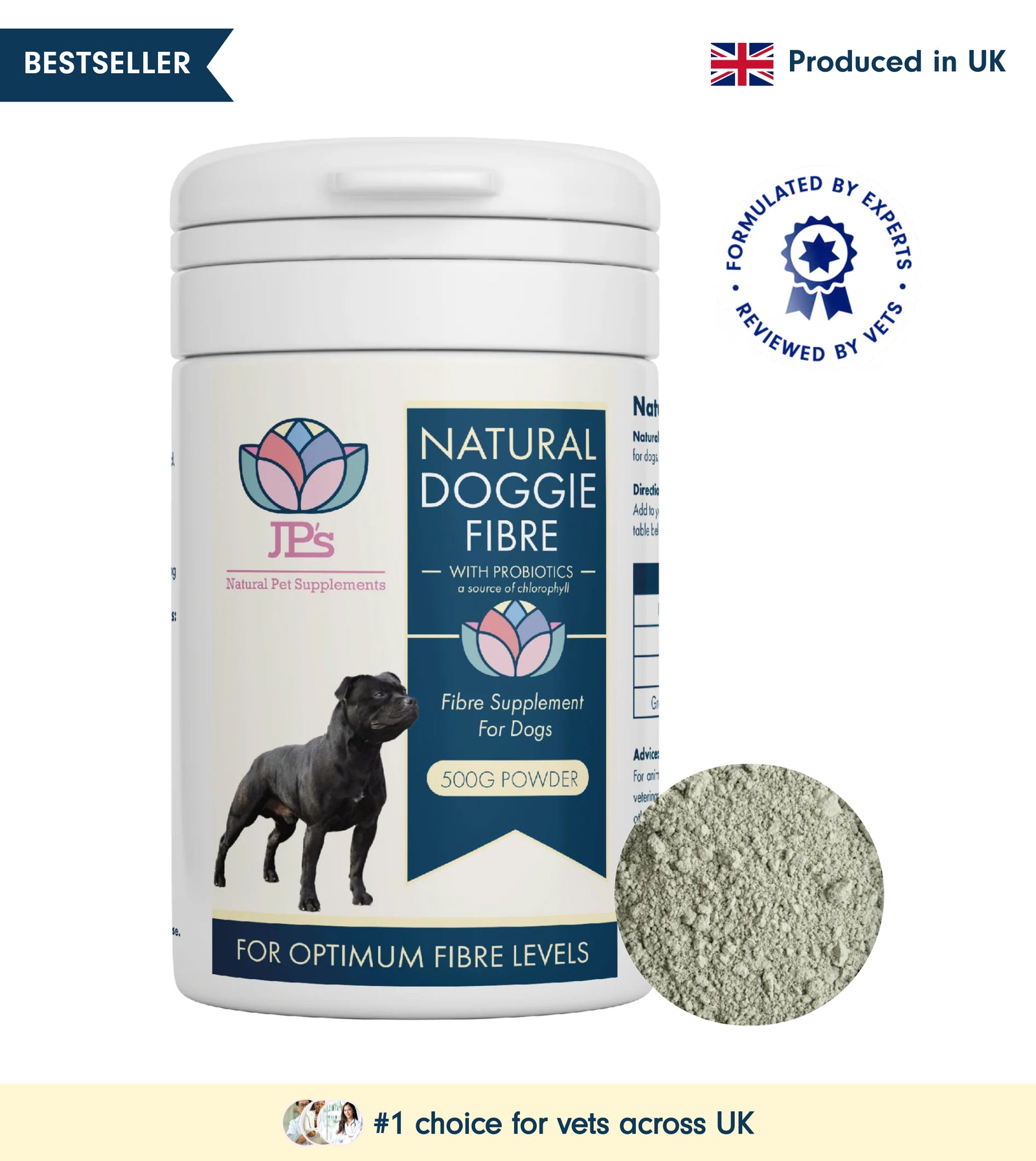
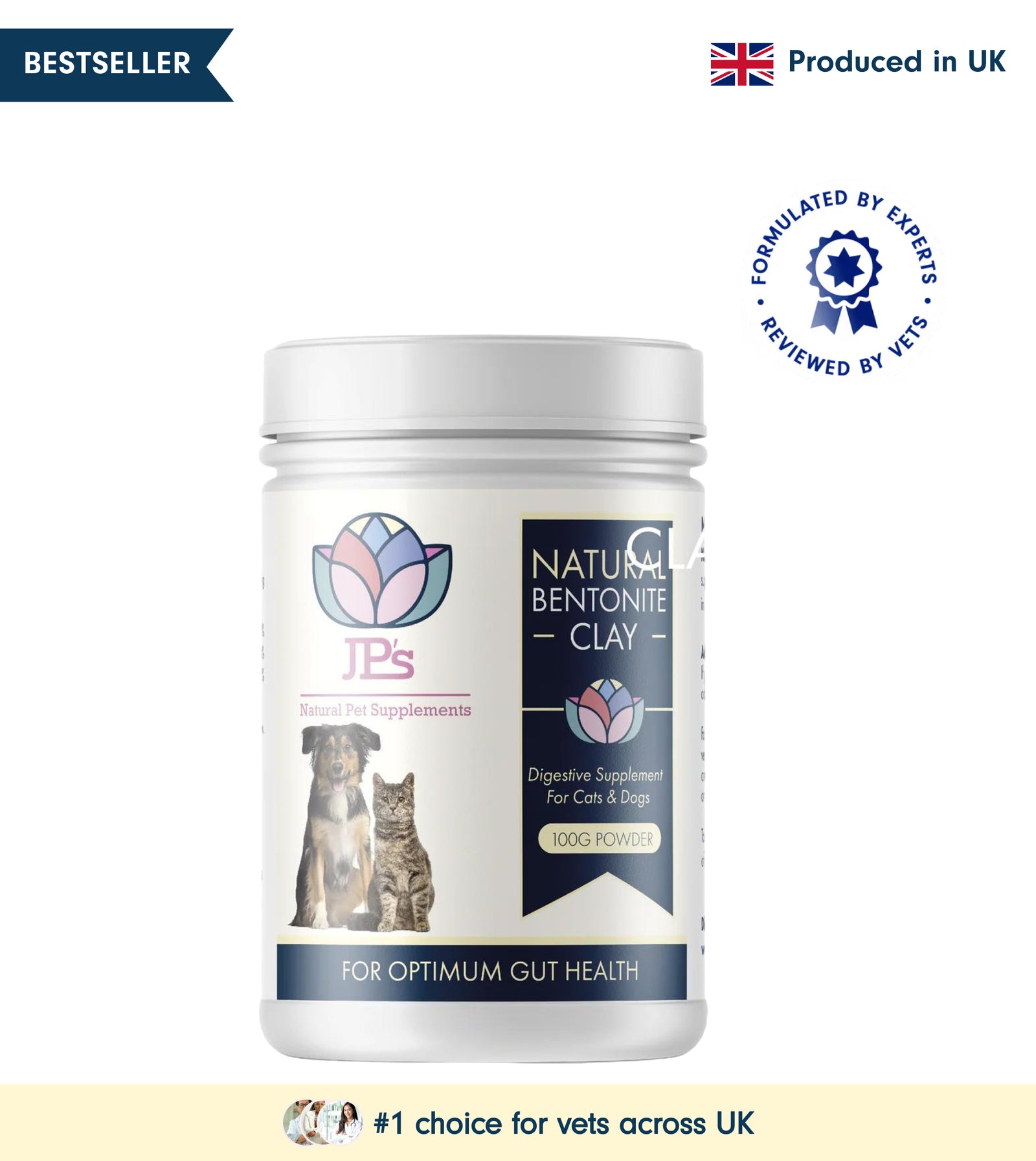
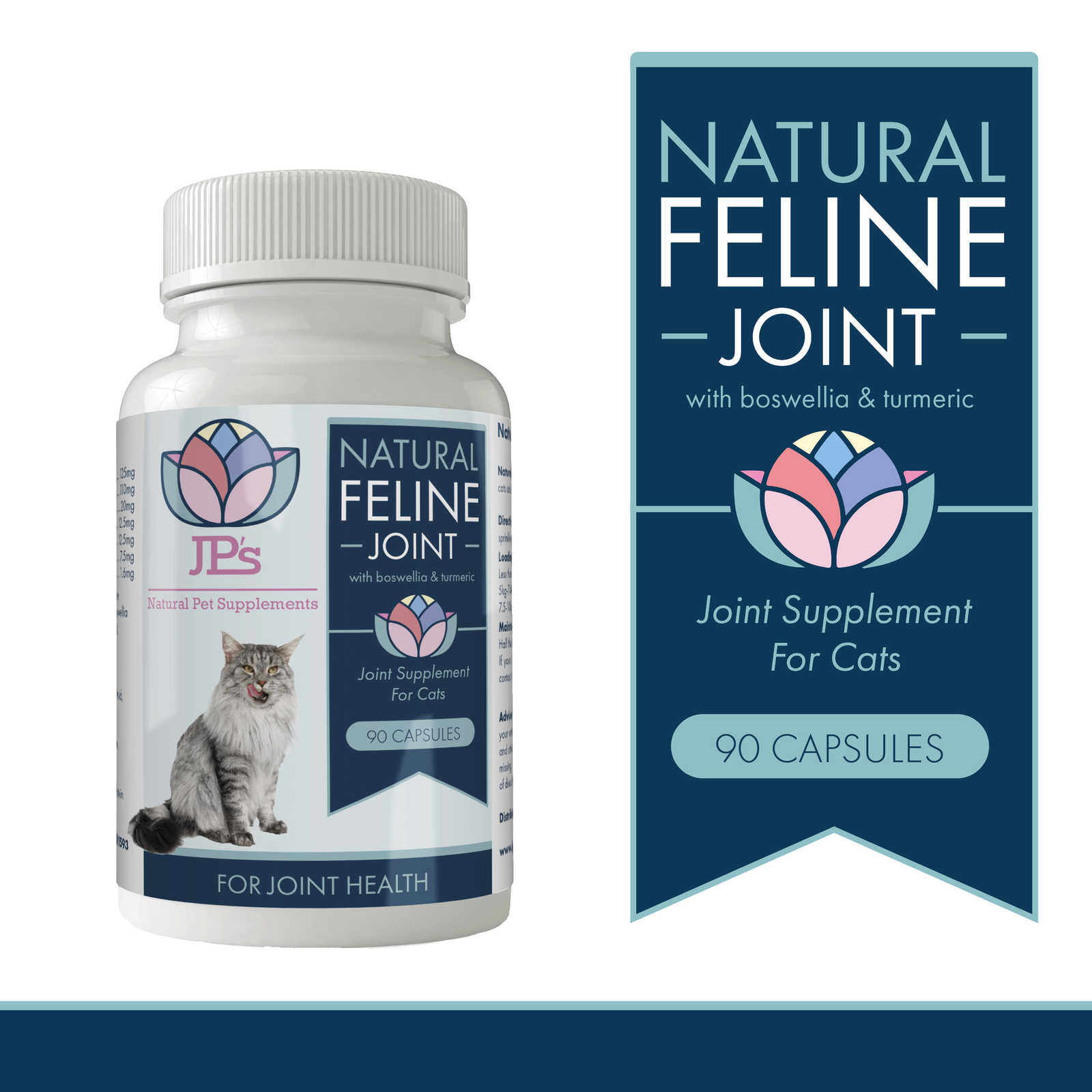
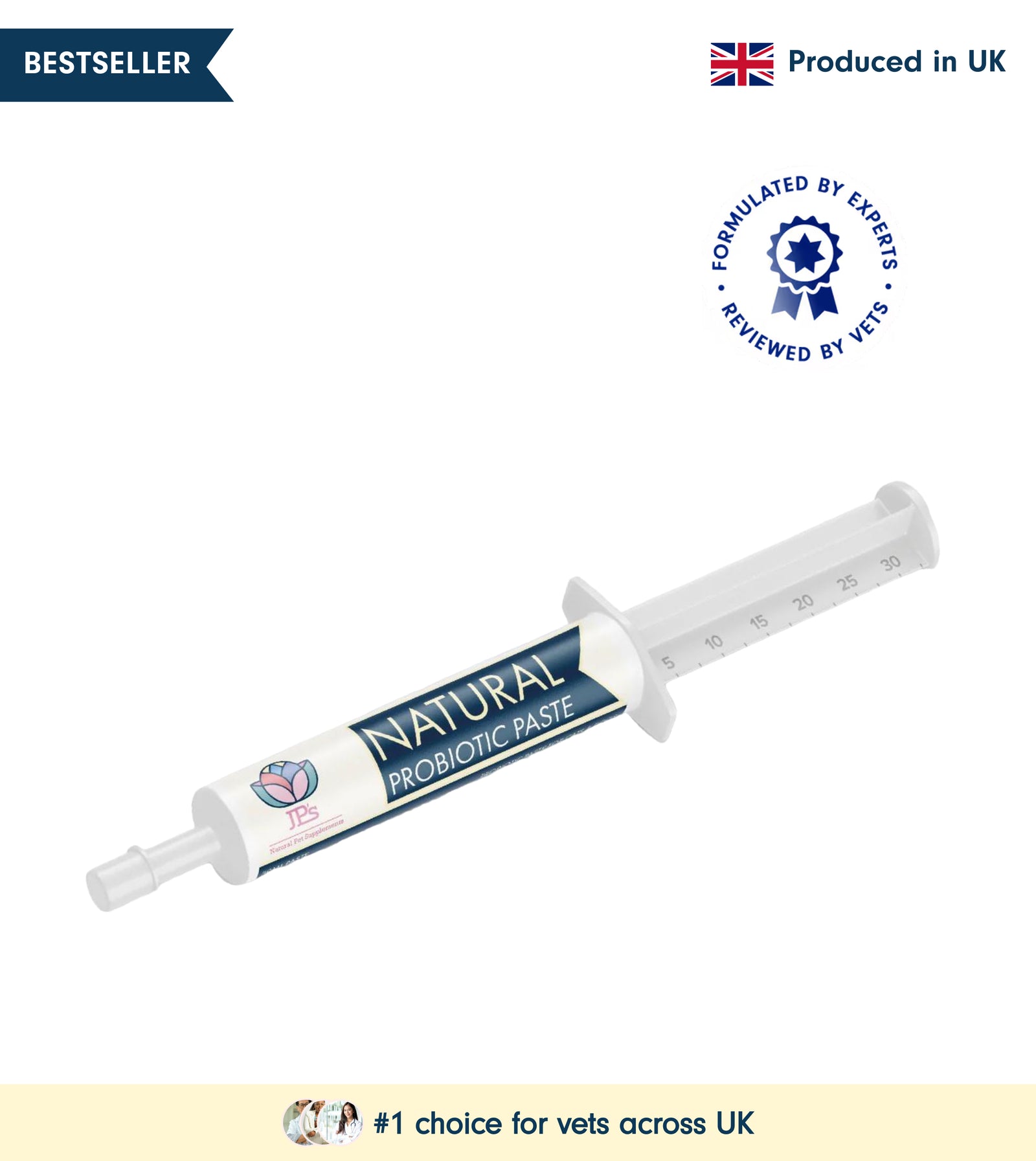
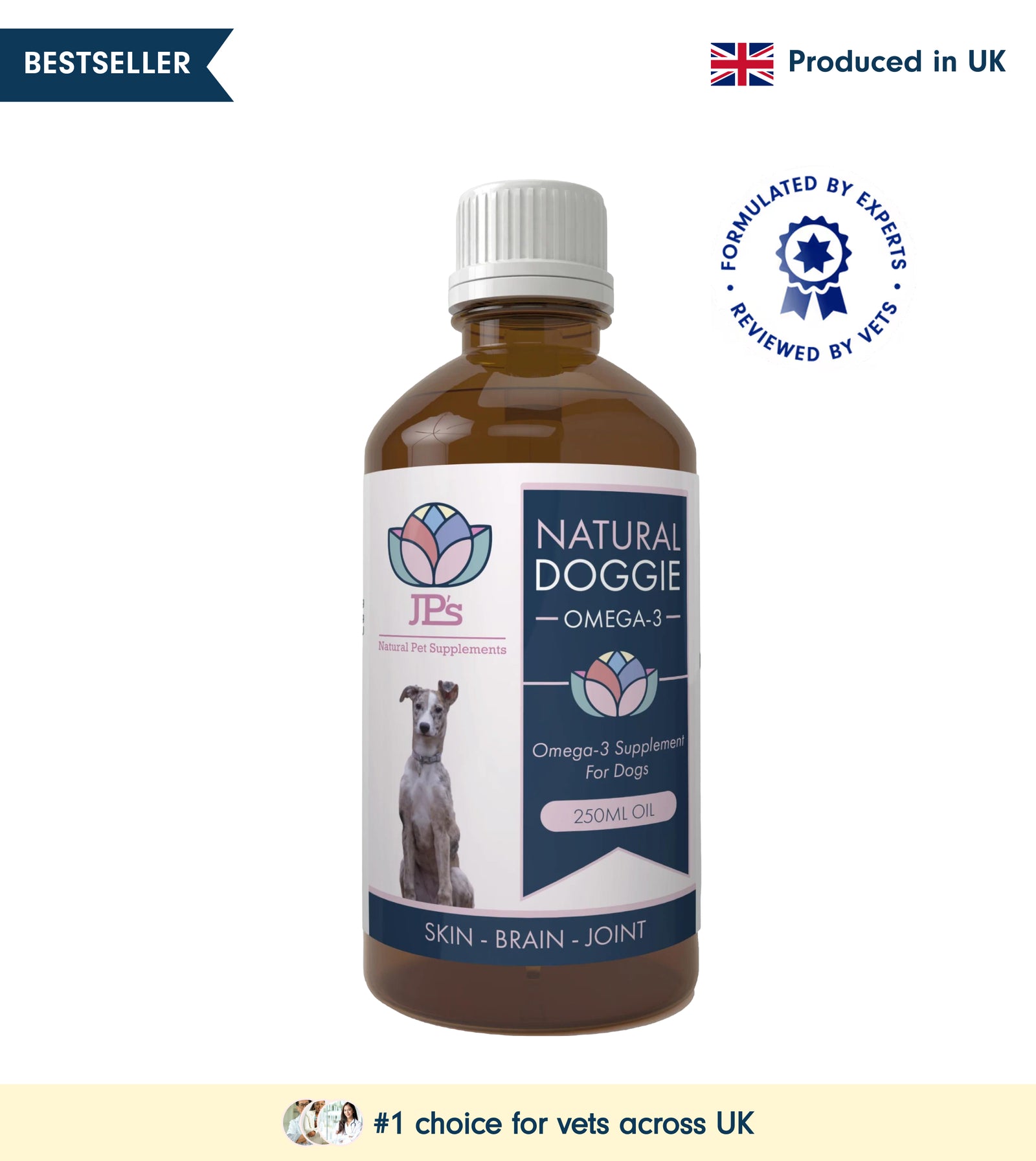
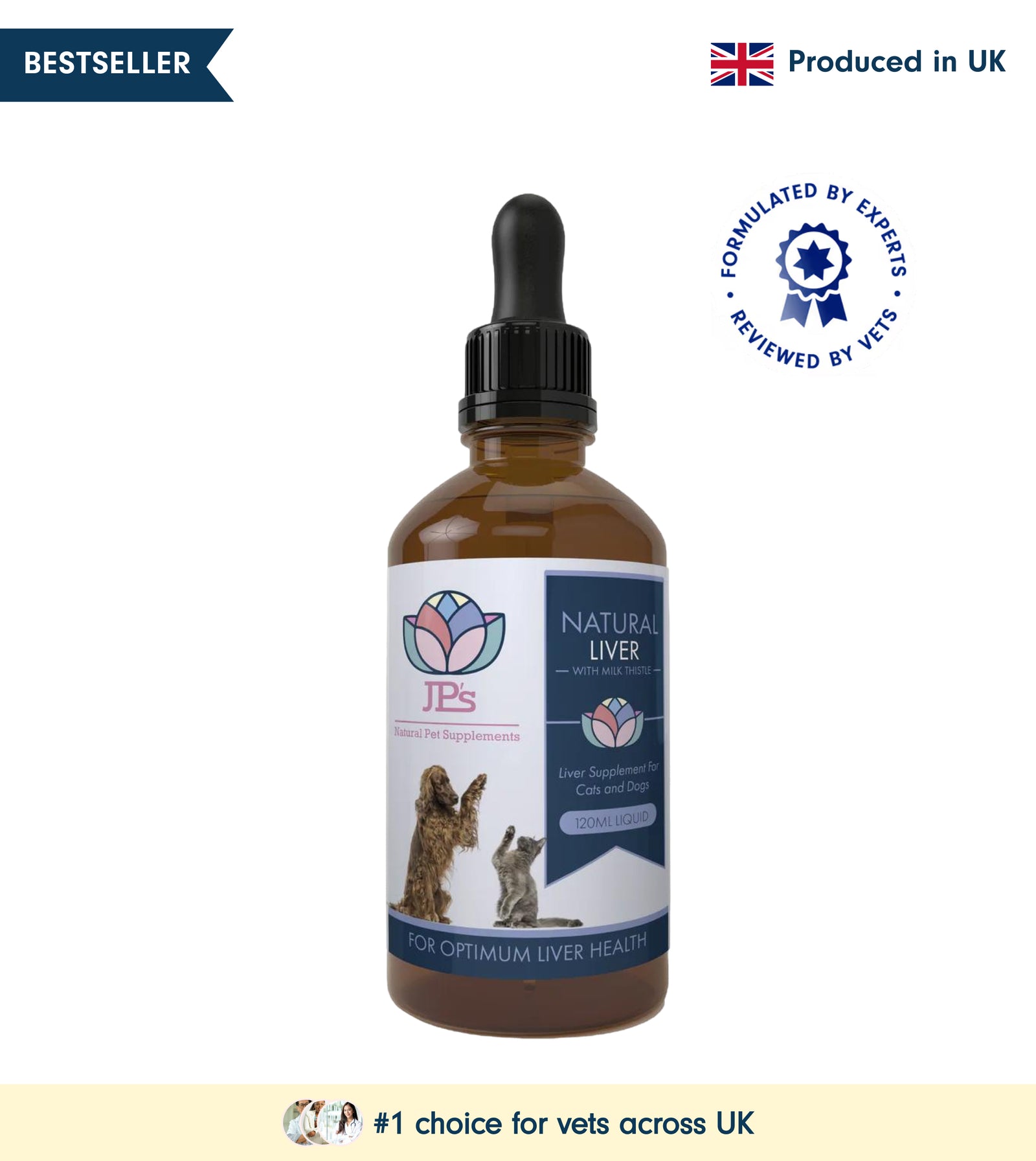



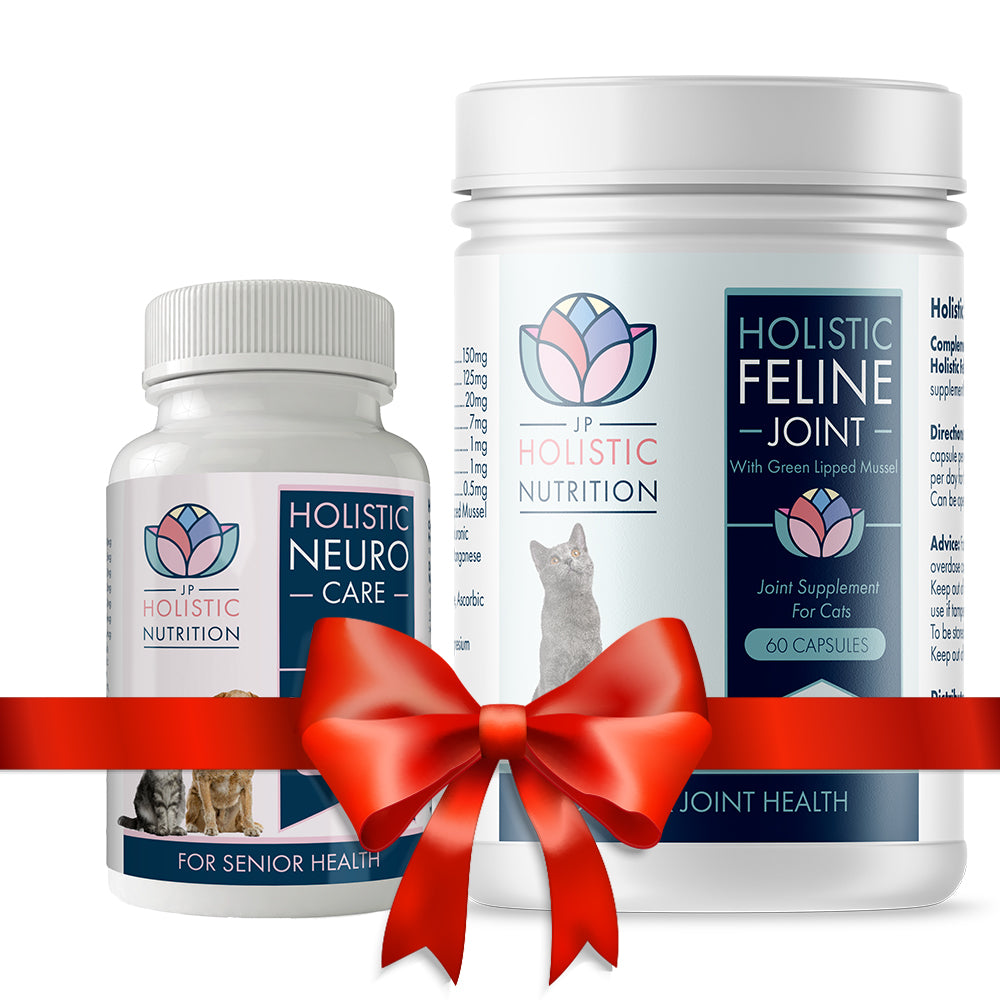



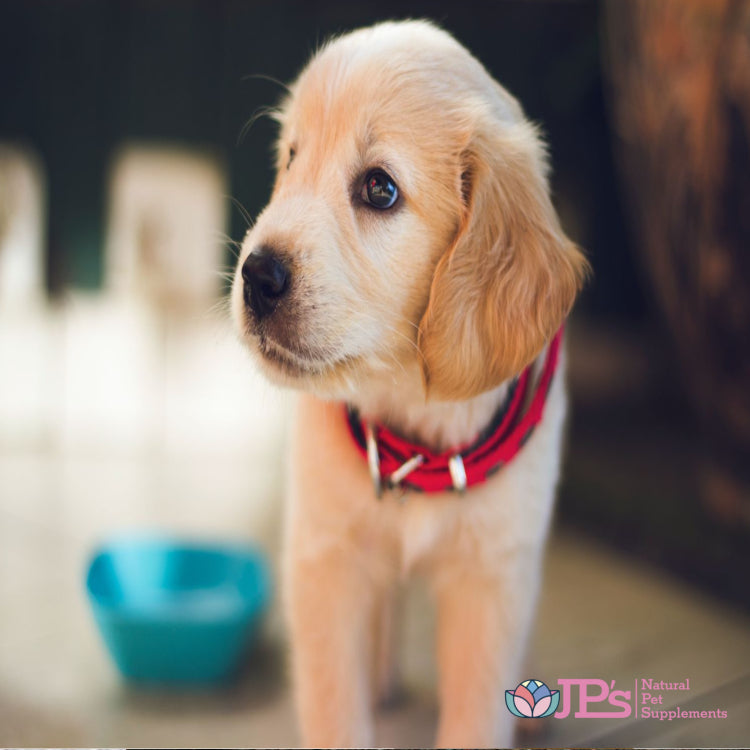
Leave a comment (all fields required)